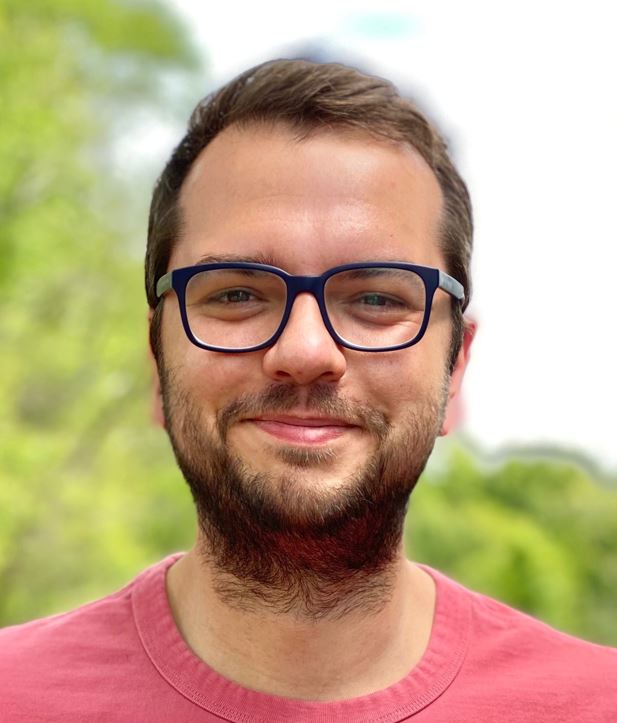Data Science and Machine Learning SIG: Removing Free-Surface Effects From Seismic Data Using ... - May 3rd

Complete Title: Removing Free-Surface Effects From Seismic Data Using Convolutional Neural Networks
Online Only, you must pre-register to receive access instructions.
NOTE: You Must Be Logged In to Register.
Speaker: Mert Kiraz, Colorado School of Mines, final year PhD student
Co Authors: Roel Snieder and Jon Sheiman
The presence of the air-water interface (or free surface) creates two major problems in marine seismic data; free-surface multiples and ghost reflections. The attenuation of free-surface multiples remains one of the most challenging noise attenuation problems in seismic data processing. Current solutions suffer from the removal of the primary event along with the multiple events especially when the primary and multiple events overlap (e.g., adaptive subtraction). The effective attenuation of ghost reflections (or deghosting) requires acquisition- and/or processing-related solutions which generally address the source-side and receiver-side ghosts separately. Additionally, an essential requirement for a successful implementation of free-surface multiple attenuation and dehosting is the requirement of dense seismic data acquisition parameters which is not realistic for two-dimensional and/or three-dimensional marine cases. We present a Convolutional Neural Network (CNN) approach for free-surface multiple attenuation and for seismic deghosting, simultaneously. Unlike the existing solutions, our approach operates on a single trace at a time, and neither relies on the dense acquisition parameters nor requires a subtraction process to eliminate free-surface multiples, and it removes both the source ghost and receiver ghost simultaneously. We illustrate the efficacy of the free-surface multiple attenuation and seismic deghosting technique using the Mobil AVO Viking Graben field data set. The application of our algorithm demonstrates that our CNN-based approach removes different orders of free-surface multiples (e.g., 1st and 2nd orders) and recovers the low-frequency content of the seismic data (which is essential for, for instance, full-waveform inversion applications and broadband processing) by successfully removing the ghost reflections while preserving and increasing the continuity of the primary reflections.
Speaker Biography: Mert Kiraz, Colorado School of Mines, final year PhD student
Mert is a final-year PhD student at the Colorado School of Mines. Prior to joining Mines, he had a Master's degree from Purdue University. His research interests are the Marchenko method and machine learning approaches for seismic denoising. Mert enjoys playing pickleball competitively and is getting ready to be a full-time dad around late June.
** Access information will be sent to all registrants after registration closes.
Price List:
|
Pre-Registered |
Member
|
Free |
| Non-Member |
$10 |
** Please be aware that ALL registrations must go through 'Checkout', even if your total is zero. Registration is not confirmed until you complete the checkout process.